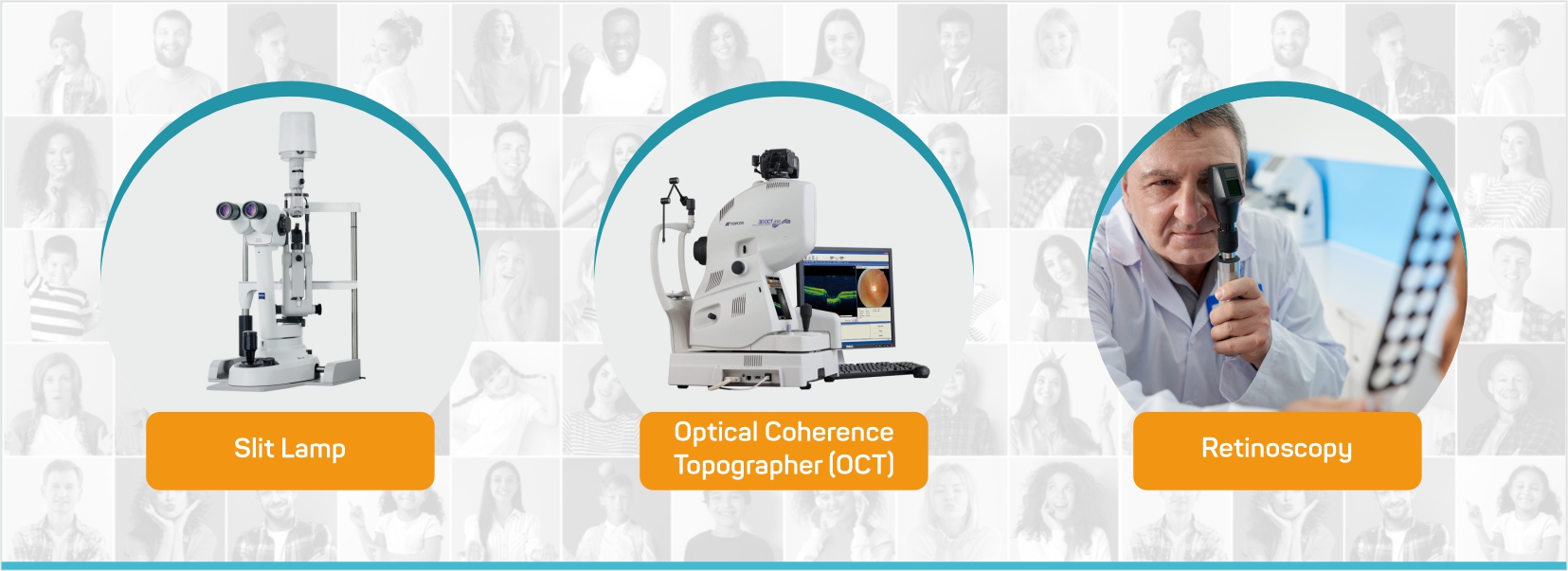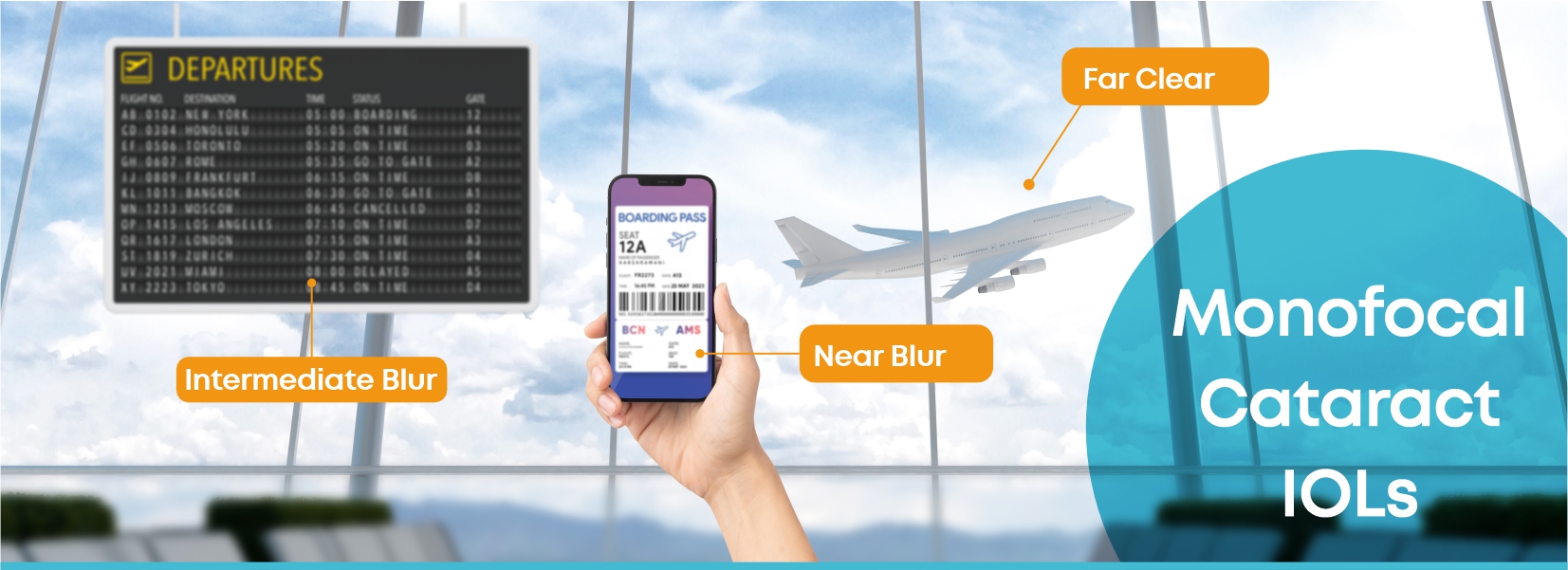What Is Cataract ?
When To Consider Cataract Surgery?
Causes For Cataract
Symptoms
Cataracts develop slowly and painlessly over time – in fact, in early stages, symptoms may be so mild that you may not even realize your vision is changing. However, as cataracts become denser, you will experience one or more of the following:
What's New
Register via QR Code to stay up to date with the information from medical & alternative medicine from Tej Eye Center and allied organizations for complete healing or download brochure for know more about cataract
Download Brochure

Visual Acuity
Contrast Sensitivity
Slit Lamp
Pupil Dilation
Potential Acuity Test

Principles of Cataract Surgery
Treatment
Surgery is the only treatment of cataracts. Cataract surgery is considered to be one of the safest and most successful procedures performed in medicines today. The surgery involves creating a microscopic incision through which the cataract is removed and a replacement man-made intraocular lens (IOL) is implanted. This small incision seals itself naturally and allows for rapid healing.
The Benefits
-
 10
minutes
painless
procedure,
no
stitch,
no
injections
and no
patch
surgery
10
minutes
painless
procedure,
no
stitch,
no
injections
and no
patch
surgery -
 Customized
to your
individual
eyes and
needs
Customized
to your
individual
eyes and
needs -
 Enjoy
crystal
clear
vision
with
lifestyle
IOLs
Enjoy
crystal
clear
vision
with
lifestyle
IOLs -
 Less
energy
utilized
during
cataract
surgery
Less
energy
utilized
during
cataract
surgery -
 Precise,
accurate
incisions
and
treatment
Precise,
accurate
incisions
and
treatment
-
 Resume
daily
activities
like
cooking,
watching
TV,
taking
bath
etc.
within a
few
hours of
surgery.
Resume
daily
activities
like
cooking,
watching
TV,
taking
bath
etc.
within a
few
hours of
surgery.
Lenses
Monofocal
Multifocal
Trifocal
Toric IOL
Aspheric IOL
Spherical IOL
Frequently Asked Questions
Testimonial


